3 More Ways to Train Anti-Flexion: Boost Core Strength and Stability
In my previous blogs, I’ve highlighted the effectiveness of supine bridges (also known as hip thrusts) for training anti-flexion. However, if you’re looking for more exercises to add to your toolbox or simply want alternatives to hip thrusts, give these 3 exercises a try.
1. Supine Bridge with Overhead Extension (The throw is where anti-flexion comes in)
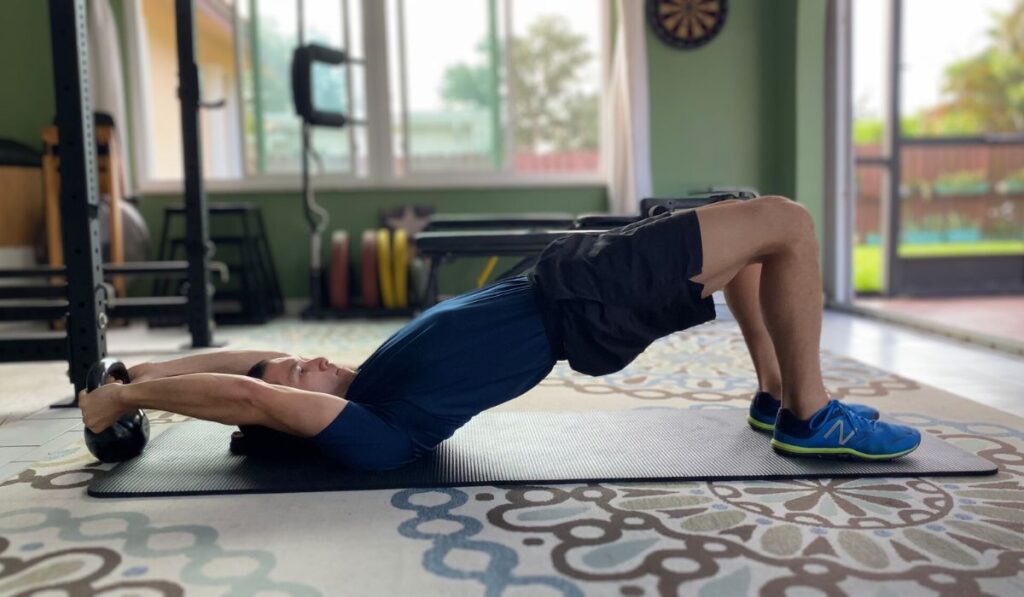
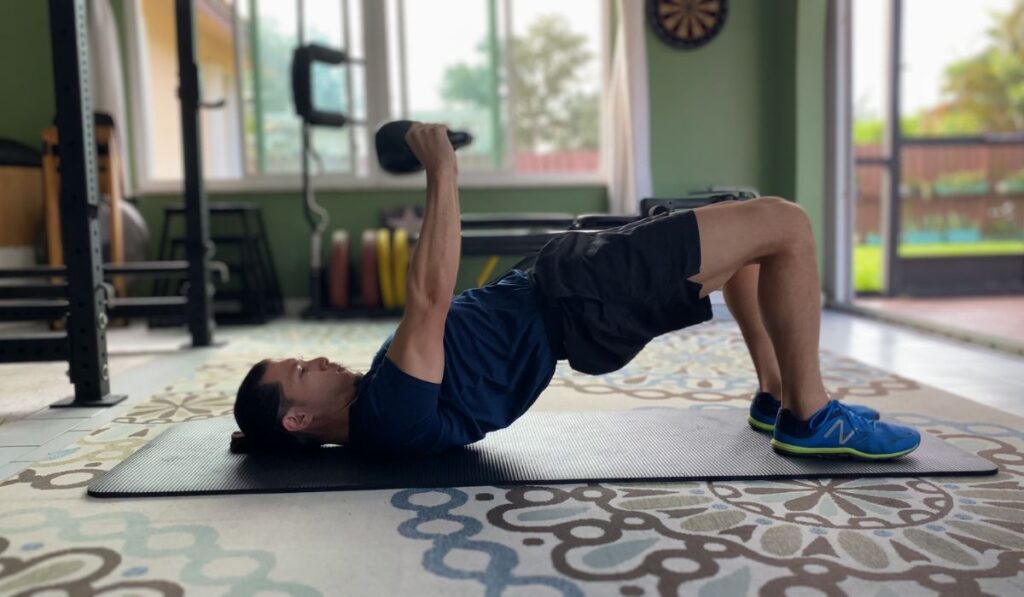
This exercise plays off the supine bridge, now we will extend a weight overhead while holding an isometric bridge.
- Start on your back, with a weight on the ground overhead.
- Bring your hips up and hold an isometric bridge.
- With both hands, keeping the arms straight, grab the weight over head and pull it off the ground. Finish with the weight over your chest.
- Lower the weight back over head, you do not need to touch the weight to the ground. Maintain engagement of your core muscles to prevent the front ribs from protruding as you bring your arms overhead.
Tip: when pulling the weight off the ground I like to cue it more as a throw. Please do not let go of the weight and actually throw it. But give it some oomph and use your core to stabilize your body as you generate force to throw and stop the momentum of the weight.
The force of anti flexion really comes from throwing the weight and stopping the momentum while keeping your hips up at the same time. Don’t let your hips dip as you perform the exercise.
2. Supermans
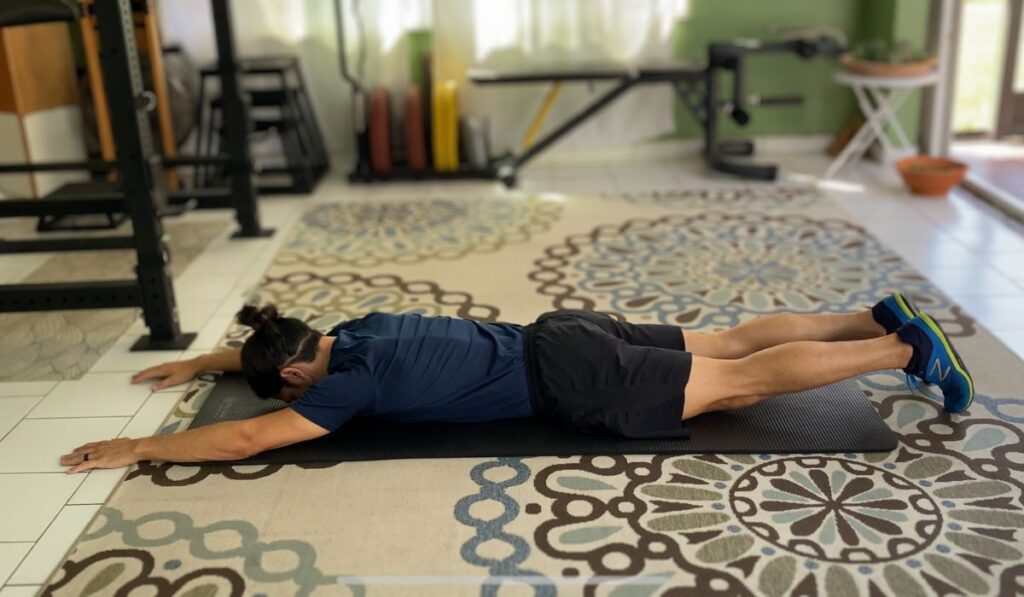
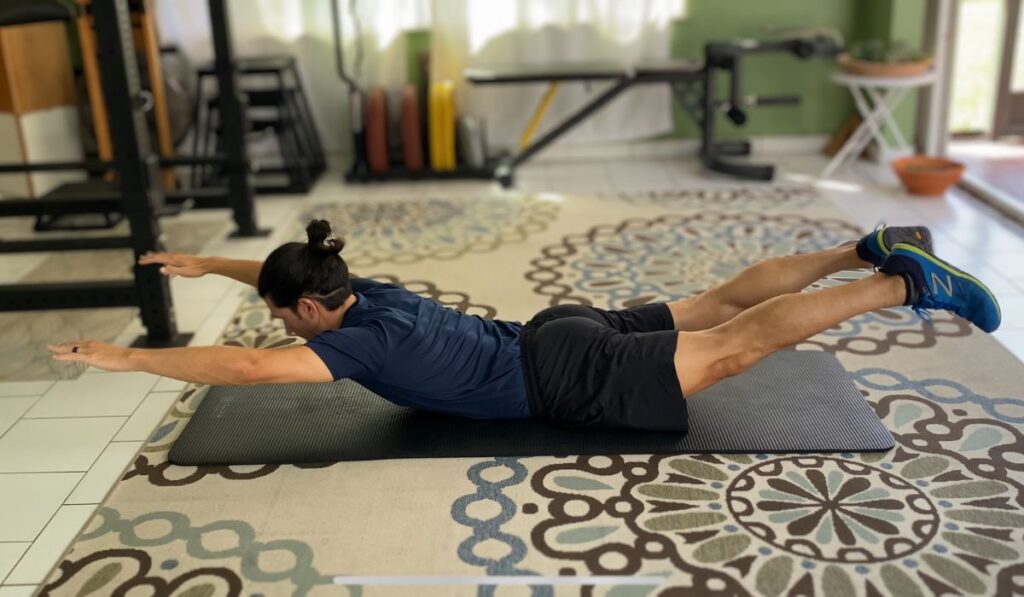
This is a great exercise if you have no equipment and you want to train your core. While this exercise does work the extensor muscles of the back. The main muscles that you should focus on working are the glutes. Keeping your focus on your glutes increases the safety of this exercise and should keep the low back muscles from overworking.
- Start on the ground, on your stomach with your arms out in front of you, reaching overhead.
- Keep your gaze on the ground, lift your head and arms up off the floor. At the same time, squeeze your glutes and bring your legs off the floor.
- Hold and breathe for 1-10 breaths and come down. Complete 5-10 reps in a set.
If you start to feel your low back I would recommend resetting or ending the set.
3. Two-hand KB Front Rack loaded exercises or Goblet loaded
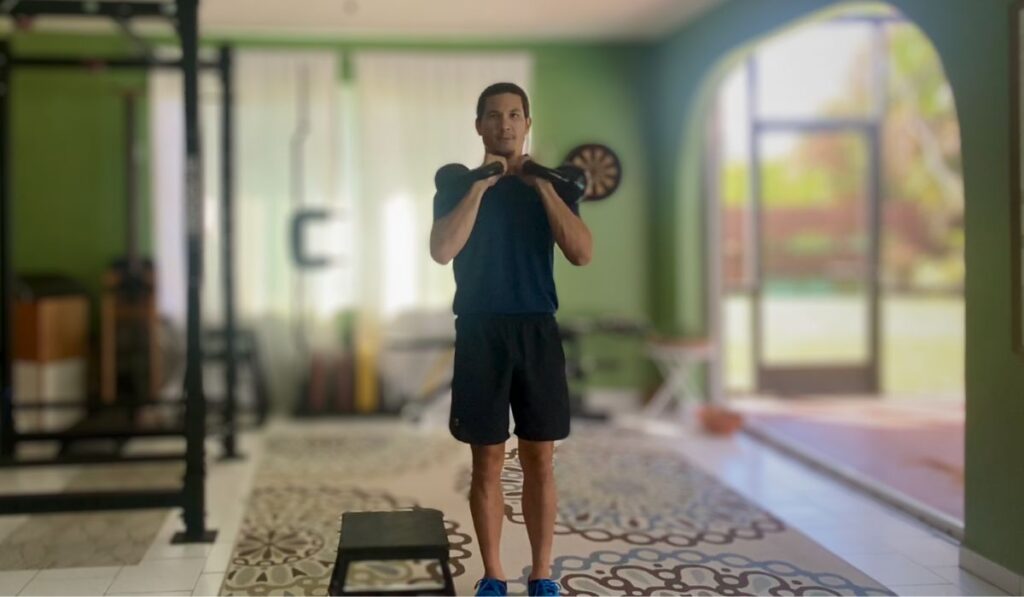
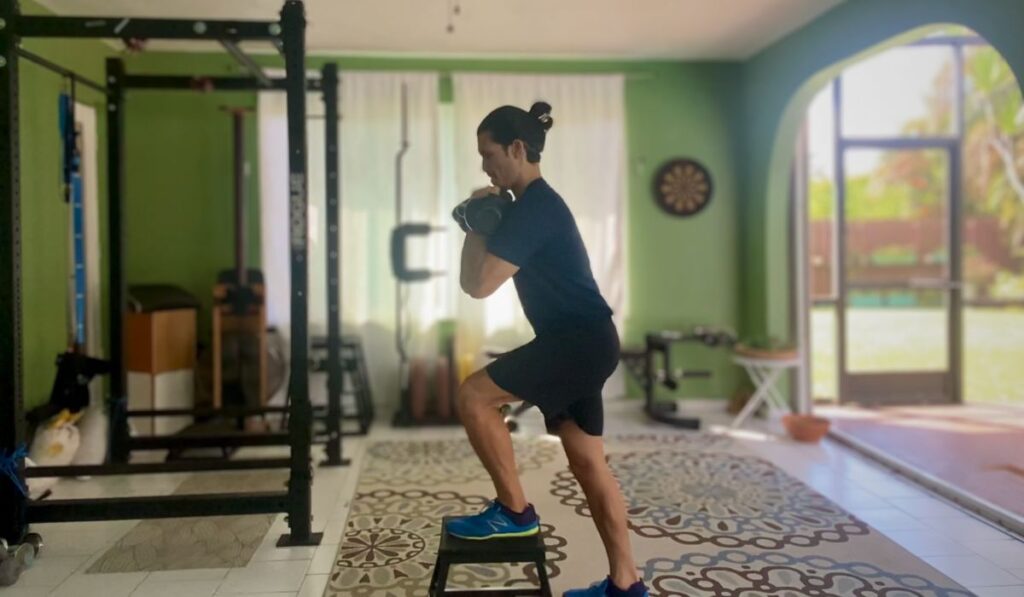
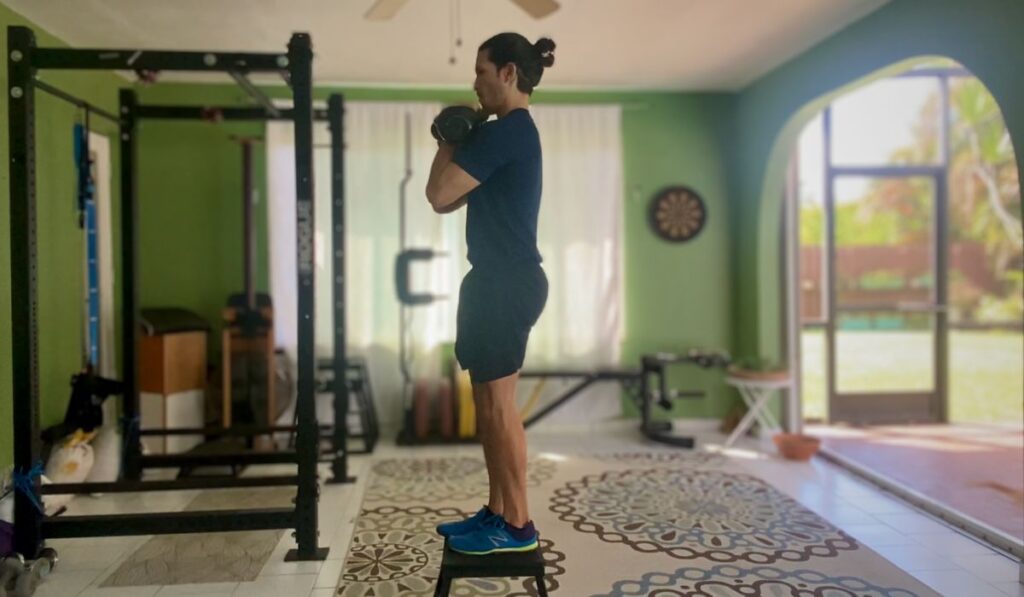
The name “front rack” “Goblet” are terms for “front loaded” exercises. The placement of the load or weight we are working with is what makes almost any exercise done this way adds anti-flexion into the mix.
The 2 kB front rack is a more advanced position because it requires a KB technique called a “clean” to get the weight into position. The Goblet position can be easier to get into for those new to training with front loaded weights.
Tip: when holding a weight in either position you should feel like your shoulder blades are reaching forward and your rib cage is pushing backwards. Add a slight tuck of the hips under you and this is referred to as a “Stacked” position.
Focus on keeping your stacked position, this essentially is the neutral position you want to try and stay in while performing the exercises.
Examples of exercises that can be done with these styles: Squats, lunges, step ups and carries.
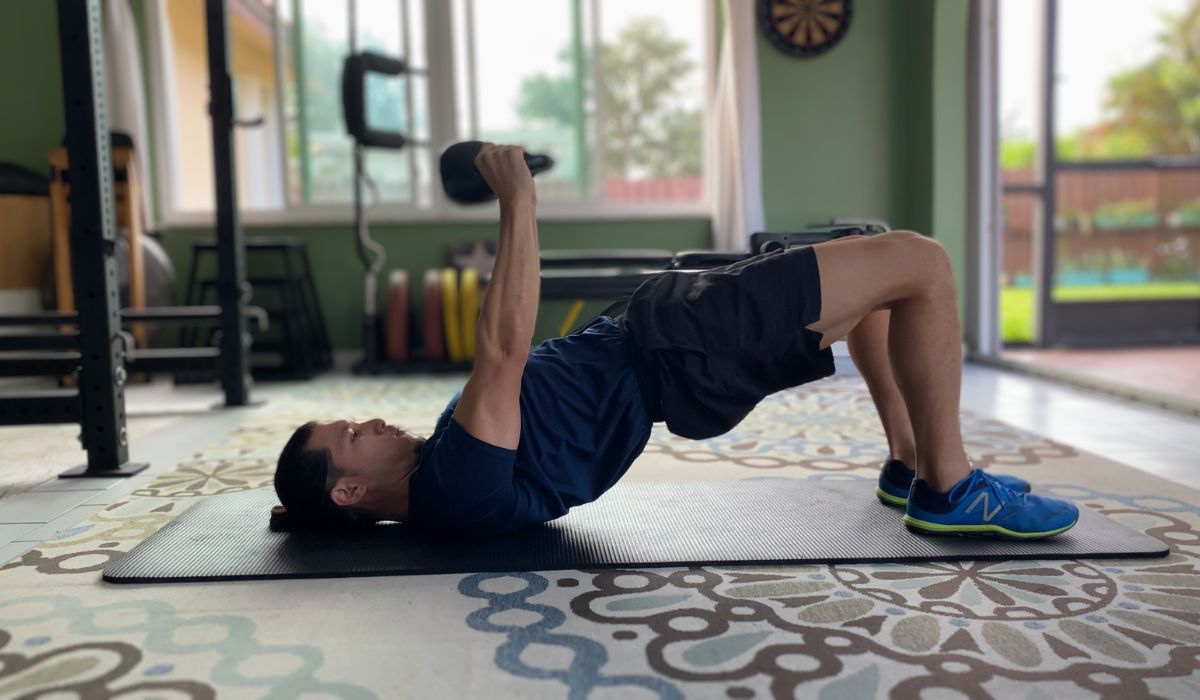
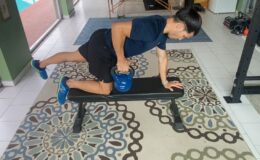
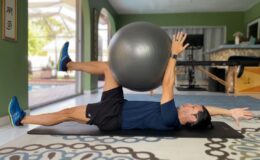
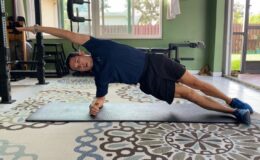
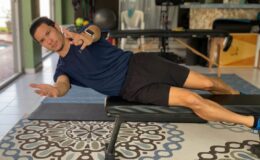
Leave a Comment